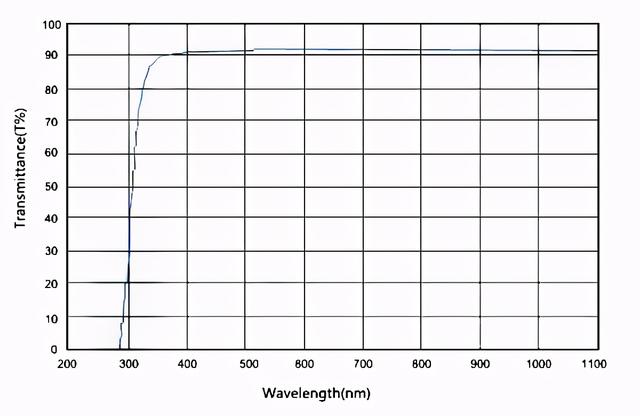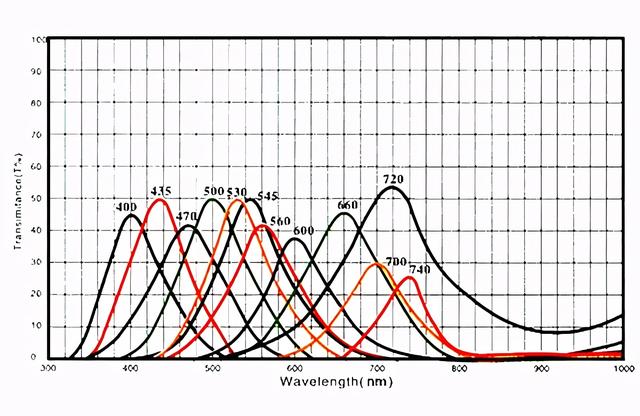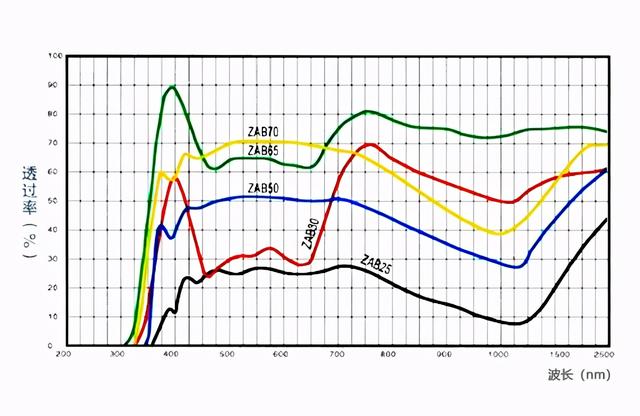Glass can change the propagation direction of light and the relative spectral distribution of ultraviolet, visible or infrared light.
Optical glass can be used to manufacture lenses, prisms, mirrors and windows in optical instruments.
The components composed of optical glass are the key components in optical instruments.
Optical glass has high transparency, high physical and chemical uniformity and specific and accurate optical coefficients.
Refractive index (nd): the refractive index of glass is measured by the characteristic spectral line of sodium element d = 589.3nm, expressed in Nd.
Specific gravity (s): determine the specific gravity of glass by hydrostatic weighing method.
Chromaticity value (XY, y): determine the chromaticity value of glass illuminated by a and D65 standard light sources according to the methods specified by the International Commission on illumination (CIE) in 1931 and 1964.
Thermal characteristics: when the glass temperature rises by 1 ℃, the relative change rate of its length.
Transition temperature (TG): when the expansion of glass changes suddenly, the corresponding temperature is the transition temperature of the sample. At this temperature, the viscosity of the glass is close to 1013 pascals
Softening temperature (TS): when the physical properties of the glass change sharply and its swelling volume exceeds the temperature when it is close to zero (the softening temperature of the glass, at which time the viscosity of the glass is close to 1011 PA) seconds.
Color temperature transformation ability (V): color temperature glass is divided into two types: color temperature increasing glass and color temperature decreasing glass, and its transformation ability is expressed by mired value; The color temperature rising glass is blue, the brand is SSB, and its Millard is negative. The reduced color temperature glass shows spot color, the brand is sjb, and its Millard is positive
Spectral properties of optical glass
According to the spectral characteristics of colored optical glass, it can be divided into three categories
1. Cut off glass
Their spectral characteristic index is based on the transmission limit wavelength λ TJ allowable deviation of transmission limit, transmittance t of specified wavelength λ O and curvature slope k, etc.

2. Select absorbing glass
Glass only transmits (or absorbs) light in a certain (or several) wavelength range, and its spectral characteristic index is based on the specified glass thickness at a specific wavelength λ The transmission ratio and allowable transmission deviation value at.

3. Neutral glass
The light of each wavelength of the glass in the visible light is absorbed uniformly without selection, and its spectral characteristic index is based on the average transmittance TP and the allowable deviation range of the average transmittance △ TP. The maximum allowable deviation value QZ.




